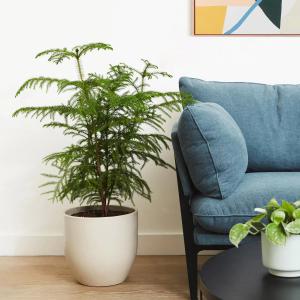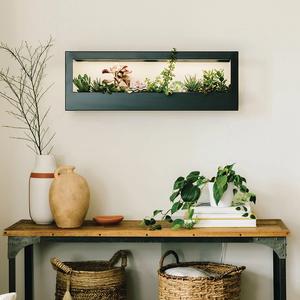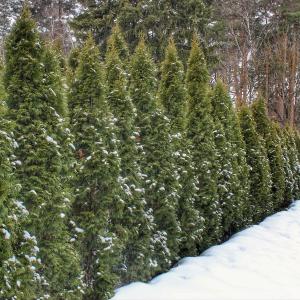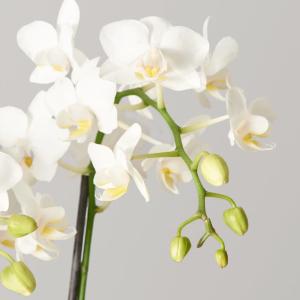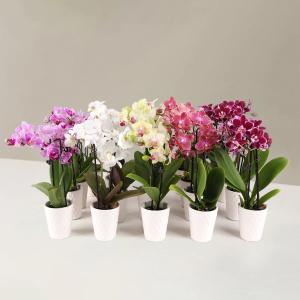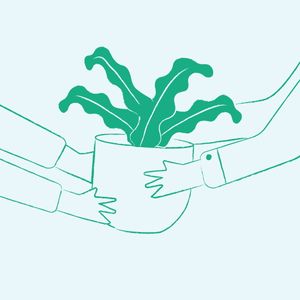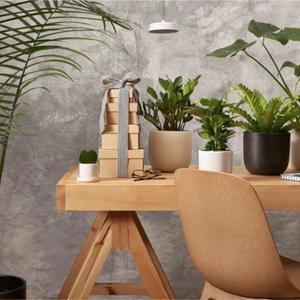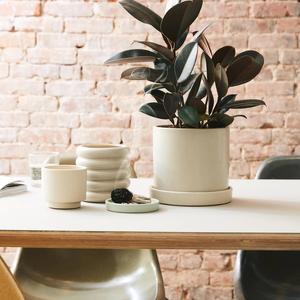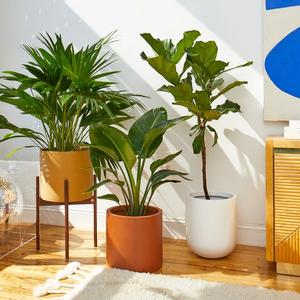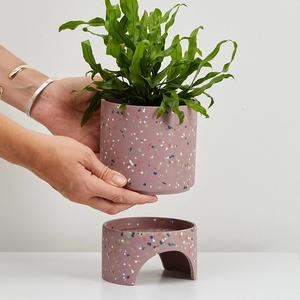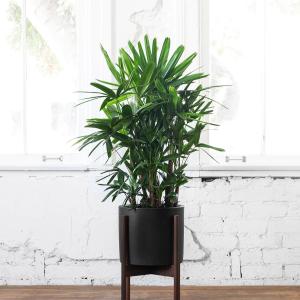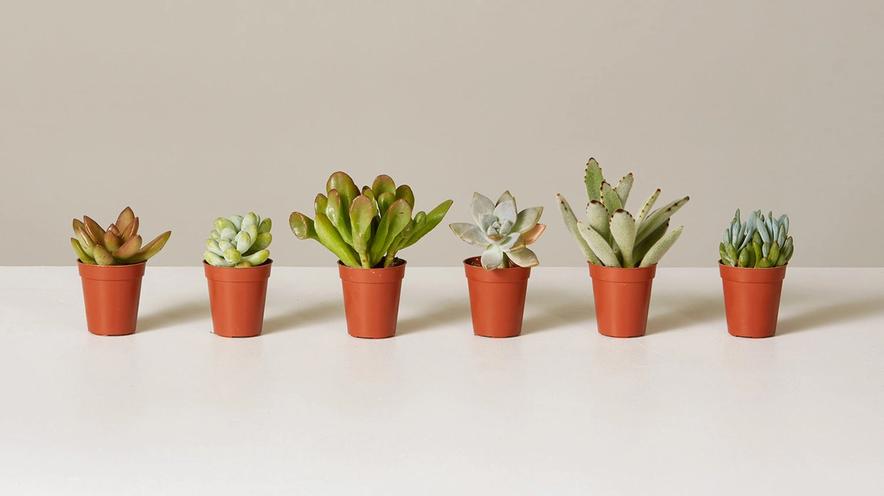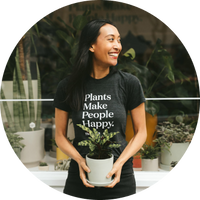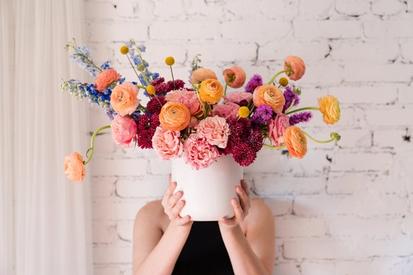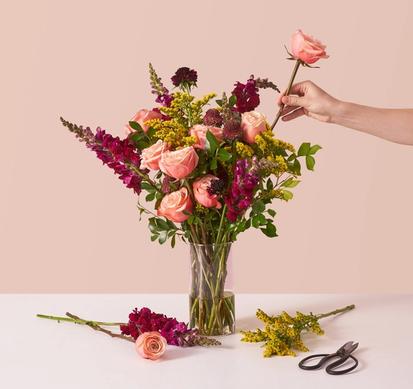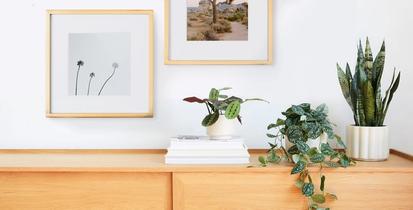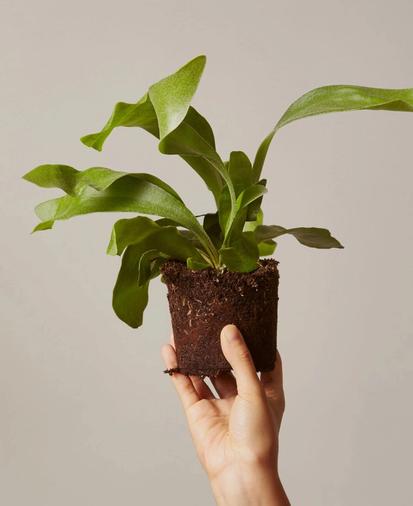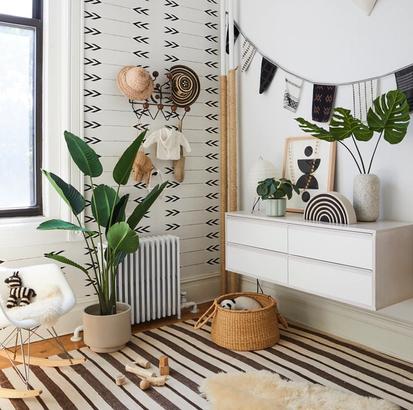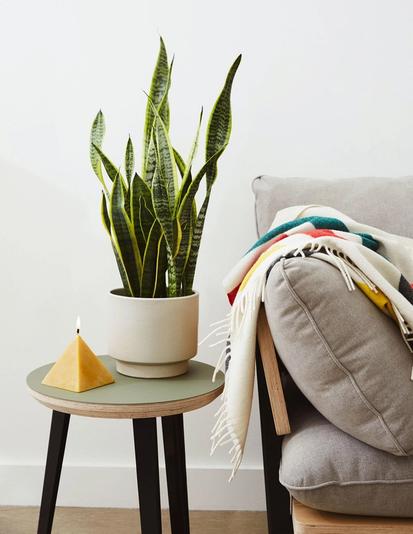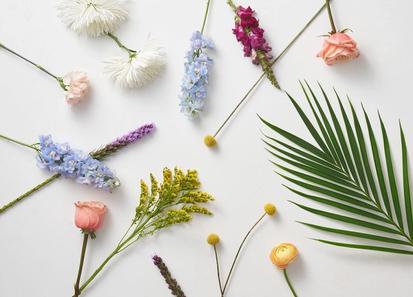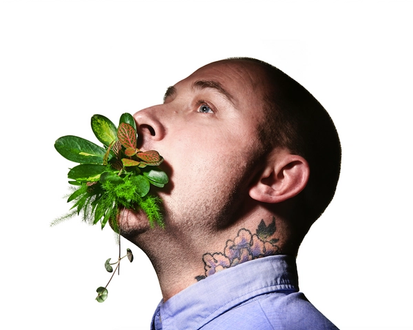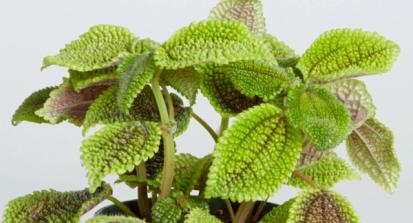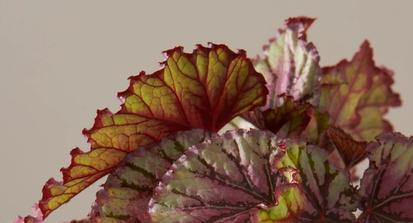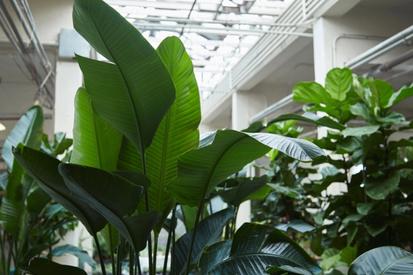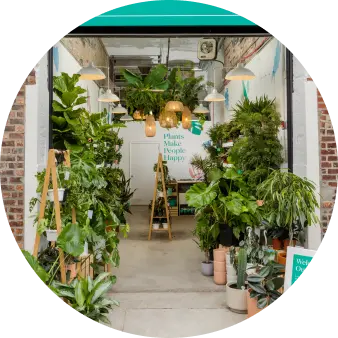In 1829, Doctor Nathaniel Bagshaw Ward — one of many doctors deriving medicine from plants as was the common practice — needed medicinal herbs on hand at all times. But in Industrial Age London, the pollution made this nearly impossible. Luckily, Dr. Ward was also an insect collector and one day, he captured a cocooned moth hanging from a twig. He put this inside a glass jar, along with some dirt and mold and pleasantly surprisingly, observed that during the day the moisture evaporated and condensed on the glass, dripping back down to maintain a constant state of humidity. It was a matter of days before a fern sprouted right there in the jar. It was a shock. Ferns had all but been killed in polluted London. He concluded that the humidity and protection of the glass jar that allowed the fern to survive.
This, ‘The Wardian Case’ is the forerunner of the modern terrarium, where delicate plants or any plant can be kept in every home, creating #plantenvy. They generally fall in two categories: open terrarium and enclosed terrarium.
Open Terrarium
An open terrarium provides ample air circulation and low levels of humidity. It is not airtight, and there is no tight bottleneck or removable top. Instead, it creates more of a contained space for plants that require similar care to grow together. It is perfect for assorted varieties of succulents and cacti. Think of it as a miniature desert.
Enclosed Terrarium
An enclosed terrarium, with a removable cover or lid, provides ample humidity and can create its own tiny ecosystem. The plants inside an enclosed terrarium release moisture that condenses inside the vessel and trickles back into the soil. For an enclosed terrarium, it’s best to choose varieties of plants that are compact, to keep pruning to a minimum, and those that thrive in high humidity, like ferns or orchids.
Never completely air-tight seal any terrarium. It’s best to get a loose-fitting lid that allows some air to escape so that the plants can breathe. Air-tight sealing of any terrarium is a perfect invitation for mold to set up shop and kill your plants. Be sure that even with a loose fitting lid, once a week or so, you open the container to encourage air movement. Air movement impedes fungal infections and keeps you checking on your plants in a terrarium so that you notice any changes in your plants when they happen. Let them air out for at least one and up to 24 hours, then put the lid back loosely.
See our potting tips below for your perfect first terrarium or for one you’re adding to your growing collection.
Terrarium Potting Tips & Tricks
- Pick generally slow-growing plants, which will require less pruning and are less likely to outgrow the container
- Choose a clean, clear container to allow for light to flow in—we recommend choosing a glass container
- Before adding potting mix to your terrarium, layer half an inch or so of gravel or lava rocks at the bottom to create drainage for excess water to trickle down into
- When you add the potting mix, press it down to remove any air pockets
- Arrange your plants inside, making sure to leave some room for new growth
- Once the plants are securely potted—use a paint brush (or toothbrush) to remove any excess soil from the sides of the container or the leaves of your plants
- Place your terrarium in a spot that receives some sunlight or ambient light
- Enclosed terrariums, usually home to plants that prefer high humidity and moderate light, should be kept out of direct sun (a couple hours of full sun can easily fry the contents inside)
- Open terrariums, usually home to plants that prefer dry conditions and bright light, can be kept in bright, direct to indirect light—like on your windowsill
- Water directly at the base of the plants/into the potting soil so the water is able to reach the root systems
- Do your best to not overwater your terrarium—because there’s no drainage hole for excess water to be released from the terrarium, make sure not to completely soak the soil (it should be moist but not sopping wet)
- Remember that it is much easier to add water to soil than to subtract it
- Let an enclosed terrarium breathe every 1-2 weeks by removing its lid or keeping the lid ajar for a up to 24 hours
- To keep plants grow upward and fill-in extra space, rotate your terrarium every 1-2 weeks
And remember if you’re mixing plant varieties—always choose plants that thrive in very similar environments—i.e. plants that prefer a similar amount of sunlight, humidity and water. For example, never mix succulents which like hot and dry, with moss, which likes cool and moist—instead, mix succulents with cacti, and mix moss with ferns.
Words By The Sill
Empowering all people to be plant people—a collection of articles from The Sill’s team of plant experts across a variety of plant care topics to inspire confidence in the next generation of plant parents. Welcome to Plant Parenthood™.
